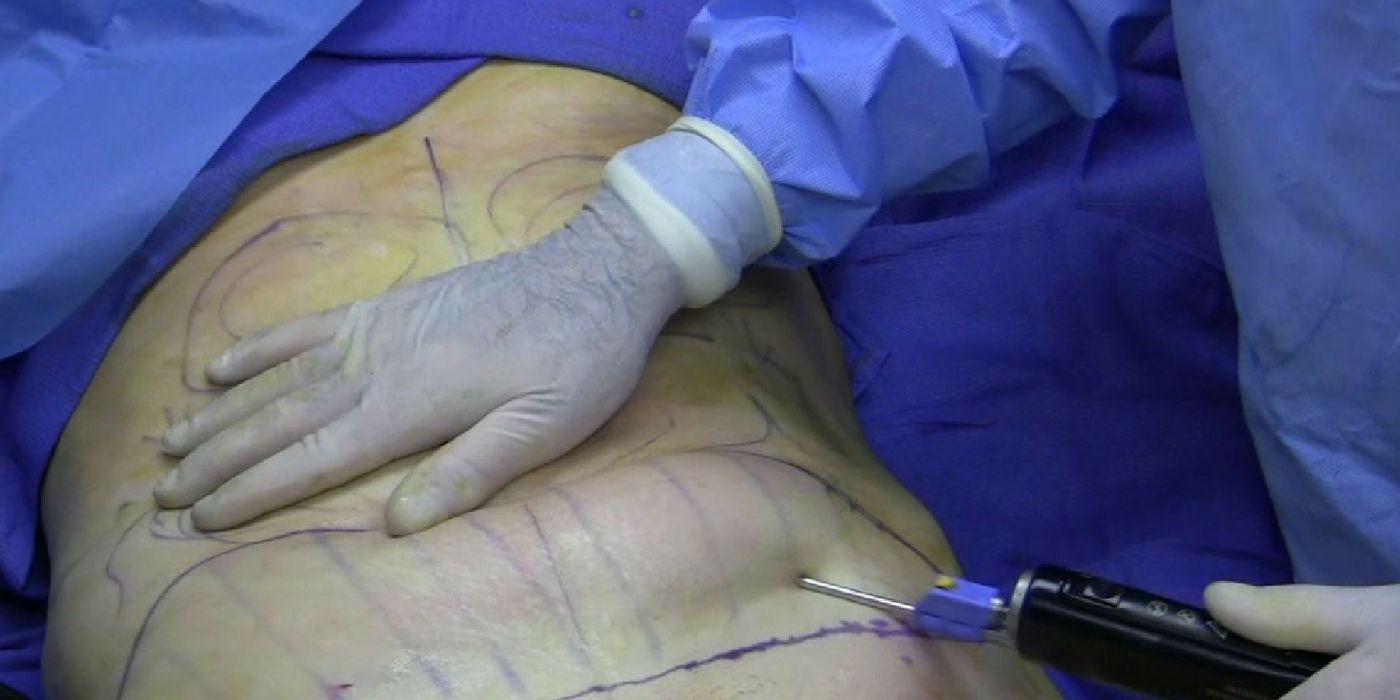Diagnosed: When Liposuction Nearly Kills
With every new medical technology, doctors are getting better at saving more patients’ lives. Medical advancements also allow patients more options to enhance their appearances. But even though some of these procedures may seem routine, no medical procedure is completely free of risks and complications. In the most recent example, a woman undergoing a standard liposuction procedure nearly died from a fat embolism.
As reported in the case study, a 45-year-old woman went under the knife for liposuction at the knees and lower legs. The procedure was intended to make walking easier for her.
Despite the patient’s high body mass index (BMI), doctors noted nothing out of the ordinary during the procedure, and she was transferred to another unit for recovery.
Underneath the surface, however, some fat droplets had gone rogue. That is, while the doctors were suctioning the fat out of the patient’s legs, some droplets had escaped into her bloodstream. In the blood stream, the large globules began blocking the patient’s blood flow – a condition known as fat embolism syndrome.
While symptoms of fat embolism syndrome don’t usually manifest until one to three days after the event, the patient began showing signs within 40 minutes of the procedure. Doctors noted the patient seemed disoriented and drowsy. Her heart was racing and her breathing had slowed.
In hindsight, the woman’s symptoms seemed to fit perfectly with fat embolism syndrome. However, because “there are no gold standard nor validated diagnostic criteria for [fat embolism syndrome],” doctors had to perform a battery of tests to determine the root cause of her symptoms. Arriving at the fat embolism diagnosis is a process of elimination, the authors suggested, because the condition is notorious to recognize.
Diagnosing fat embolism syndrome “remains a significant clinical challenge for most physicians even though it was first recognized as early as 1873," the authors wrote.
The woman was promptly treated with oxygen and drugs to help stabilize her heart and breathing. Following 14 days in the hospital, she was released, and at the last checkup, is reportedly recovering well.
The authors noted that liposuction is "generally a safe procedure,” and that fat embolism syndrome caused by liposuction is rare. But the condition can be life-threatening nonetheless. Earlier this year, a man died from pulmonary fat embolism caused by rogue fat droplets from his penis enlargement surgery.
By reporting on this case study, the authors hope to “[emphasize] the importance of thinking outside the box and how to identify and manage such a life threatening complication.”
Additional sources: BMJ, Live Science









